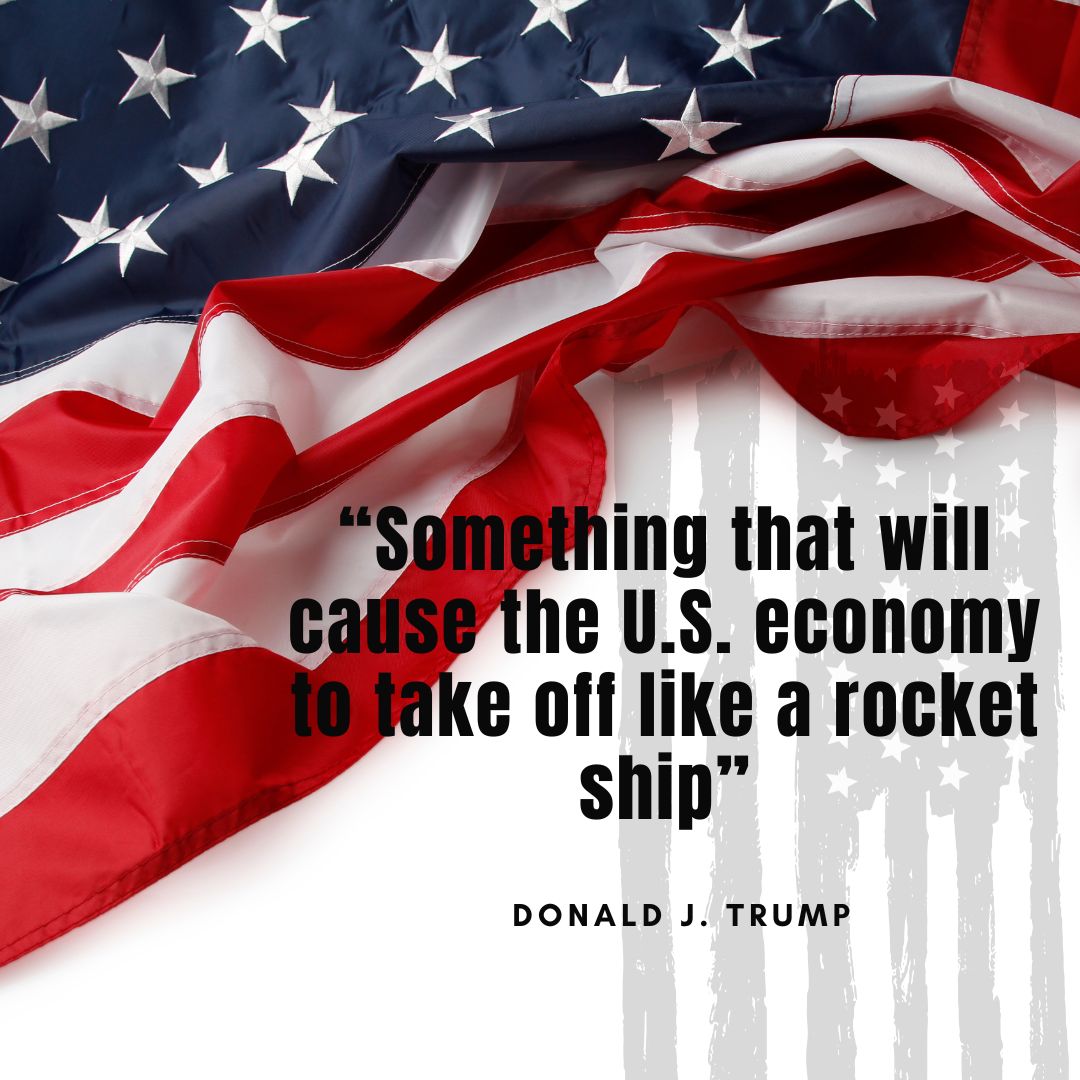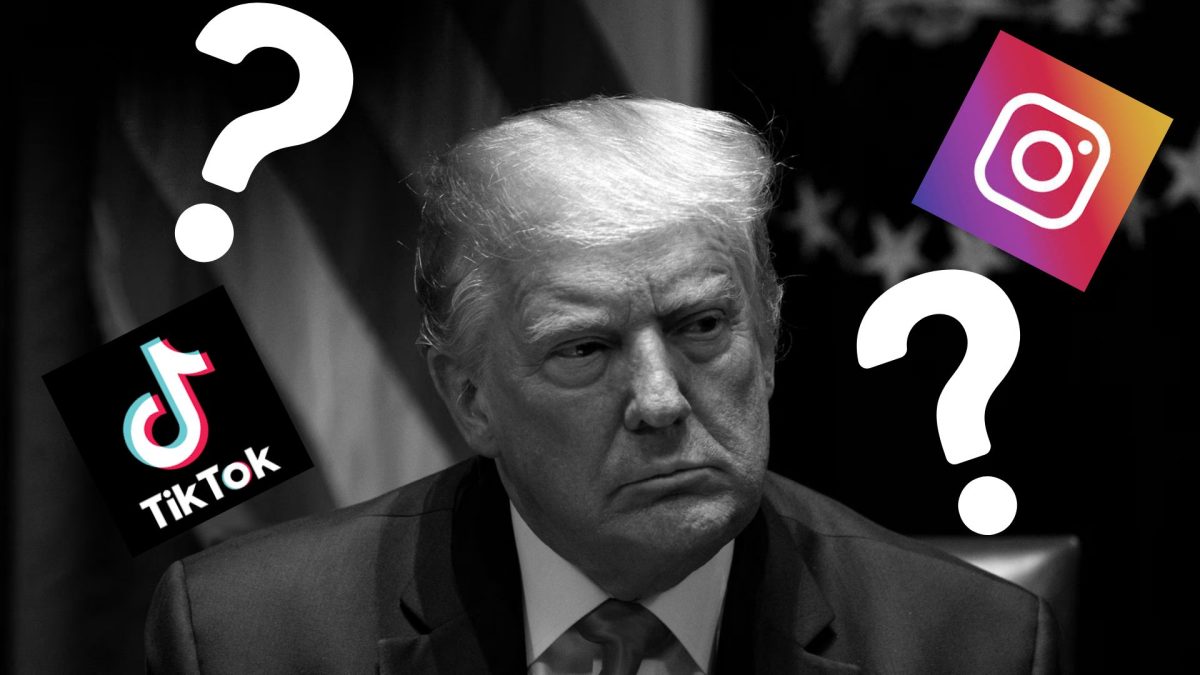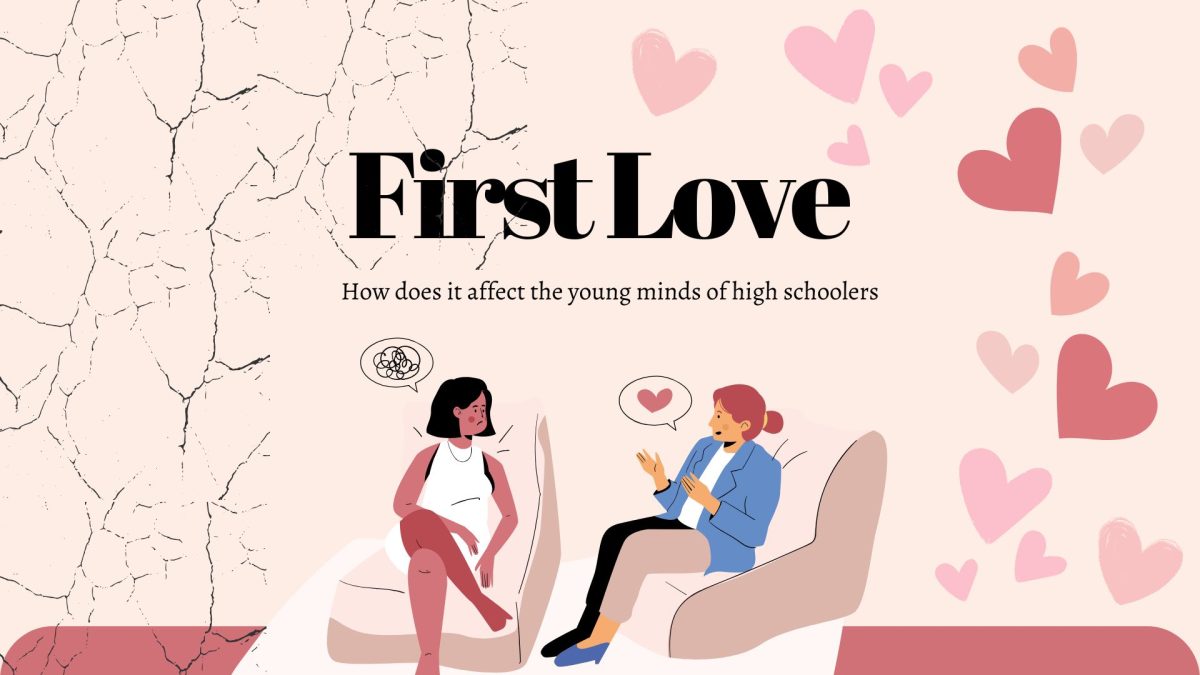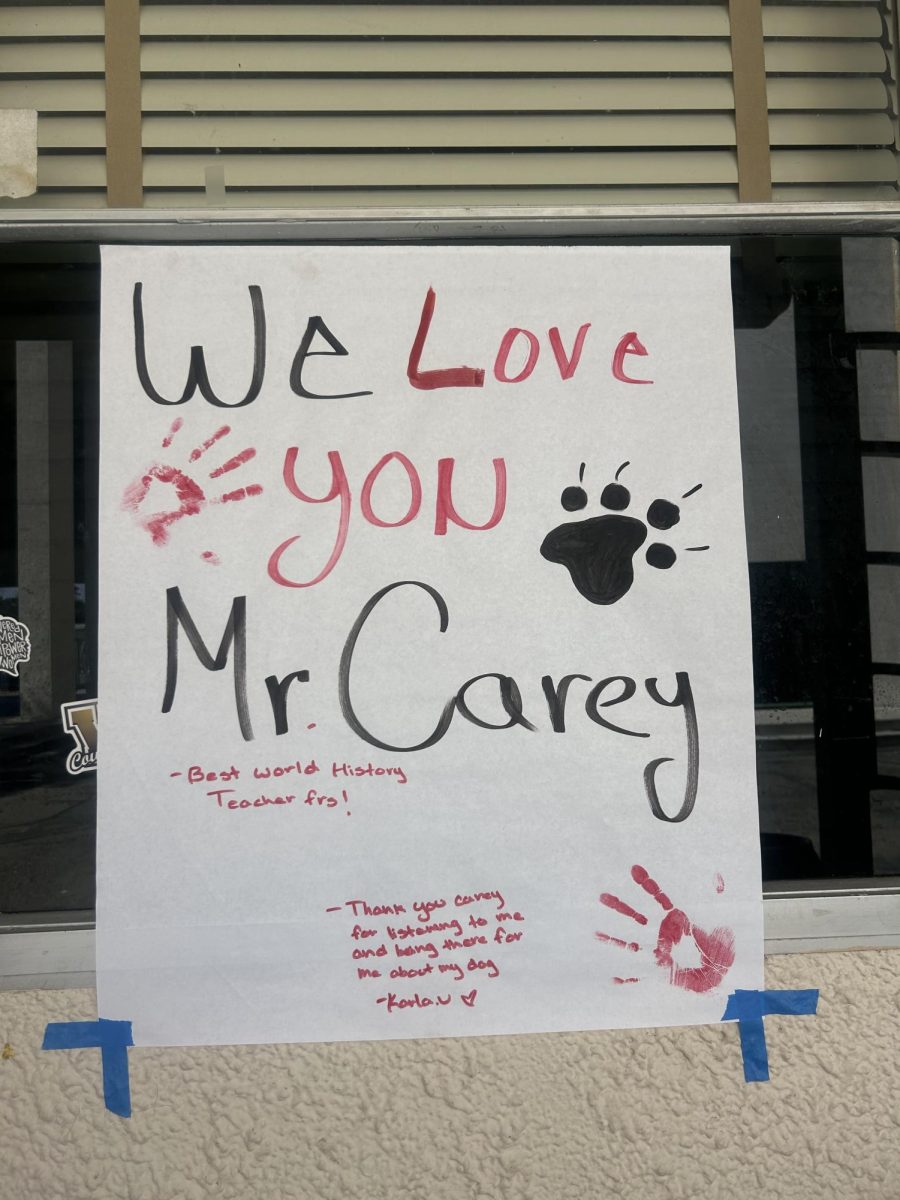We need mindful consumption more than ever before
Think back to when you were a kid. Have you ever wanted the most glorious-looking toy known to man only to get bored of it shortly after? According to Whirli, “On average, 35% of toys are neglected or forgotten within a month.” That’s a lot of perfectly usable toys that ultimately get thrown away.
Additionally, the Ellen MacArthur Foundation said, “The value of the global toy market exceeded USD 90 billion in 2019 but with 80% of all toys ending up in landfill, incinerators, or the ocean much of this value is lost when toys are thrown away.” Based on these facts alone, overconsumption in children is a waste of money and harmful to the environment.
Also from the Ellen MacArthur Foundation, “In recent years, mystery—or blind-box—toys have dominated the toy market…The element of surprise might ‘spark joy’ but these toys are not designed to be desirable or physically durable for a long time, and the sector has been highlighted for its generation of plastic waste.”
The foundation’s proposed solution is to design toys that don’t just spark engagement in children but retain it. However, the consumers also have a part to play. They need to be mindful of how they spend and ask themselves if the products they want now will be used in the future.
Our choices as we get older also contribute to this growing issue of overconsumption. With the rise of microtrends, major clothing brands constantly mass-produce new, cheap clothes and buyers then feel compelled to want more and keep up with the next trend. The issue is that trends are always changing–at an alarming rate at that–and we’re on a carousel constantly trying to chase what is popular but never actually obtain it. Because of this, what is considered out of style is thrown out.
Jayden Covarrubias ‘27 said, “Yes, I do [overconsume] a lot. I feel like it’s more like an addiction. I love buying stuff I don’t want. It’s more like to heal me…Recently [the Rory Gilmore sweater] has been very famous and I’ve been wanting to buy it but I can’t find it.”
According to Stacker, “In the U.S., the amount of textile waste equates to more than 80 pounds of clothing per person. Consumers wear most items fewer than 10 times—and in China, fewer than three times—on average before being discarded, partly because there are constantly new styles to update one’s wardrobe with, and partly because the quality is so poor, it doesn’t last.” Furthermore, based on information from Vox, the 800-acre textile waste located in the Atacama Desert, Chile, is visible from space, with a lot of its waste coming from many countries such as the US.
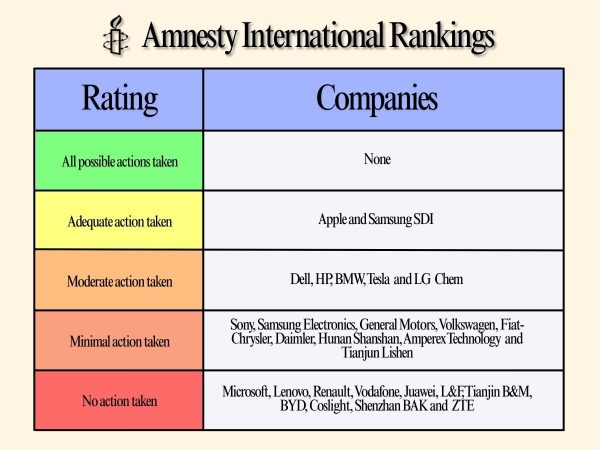
Similar to the Ellen MacArthur Foundation’s solution to children’s toys, clothing brands should produce practical, high-quality clothes that promote long-term usage. Moreover, as consumers, we need to be more mindful of what we consume and consider whether what we buy will be something we see ourselves wearing in the future. Clothes should not be only applicable to microtrends rather they should be something that can be worn and styled in different ways.
Peyton Dahl ‘25 said, “I feel [like] overconsumption, especially with [the] new trends, I feel a lot of people do flood to buy the new things which kinda makes me think…’You have like this perfectly good thing that does the exact same thing.’…I’m perfectly happy with where I am so I don’t feel the need to follow [trends].”
Dries Vergeer ‘27 said, “Marie Kondo [has] a Netflix show about tidying up and she says she helps people clean their spaces…She says, ‘Hold something and if it sparks joy you get to keep it.’ Like if it’s a clothing item it’s like, ‘Am I gonna wear this?’ [I] went to a Faye Webster concert and [I] was like, ‘Do I need a Faye Webster t-shirt?’ and I was like, ‘I want a Faye Webster t-shirt but I don’t need a Faye Webster t-shirt.’ On the other hand, I went to [an] Ice Spice concert and I needed an Ice Spice t-shirt.”
Besides the monetary cost of what we buy, we have to consider the human cost as well. Shein and Temu, two major fast fashion companies, were investigated in a 2023 report that revealed their lack of effort to stop the exploitation of their workers, specifically the Uyghur people.
Unethical sources don’t just stop at fashion either. Amnesty International said, “More than half of the world’s cobalt, which is a key component in lithium-ion batteries, comes from the DRC.” Lithium-ion batteries are used in rechargeable devices such as our phones. “Major electronics and electric vehicle companies are still not doing enough to stop human rights abuses entering their cobalt supply chains, almost two years after an Amnesty International investigation exposed how batteries used in their products could be linked to child labour in the Democratic Republic of Congo,” also said by Amnesty International.
Overconsumption is an issue detrimental to the environment and exploited workers. As previously stated, both companies and consumers need to initiate change because after all, the phone works both ways. Big brands need to give greater priority to their environmental impacts and workers rather than their profits while we need to be more aware of what we consume. For example, if your phone is still functional, reconsider if you truly need the newest model. We are more than capable of being mindful of how we spend our money and now is the time to do so.





